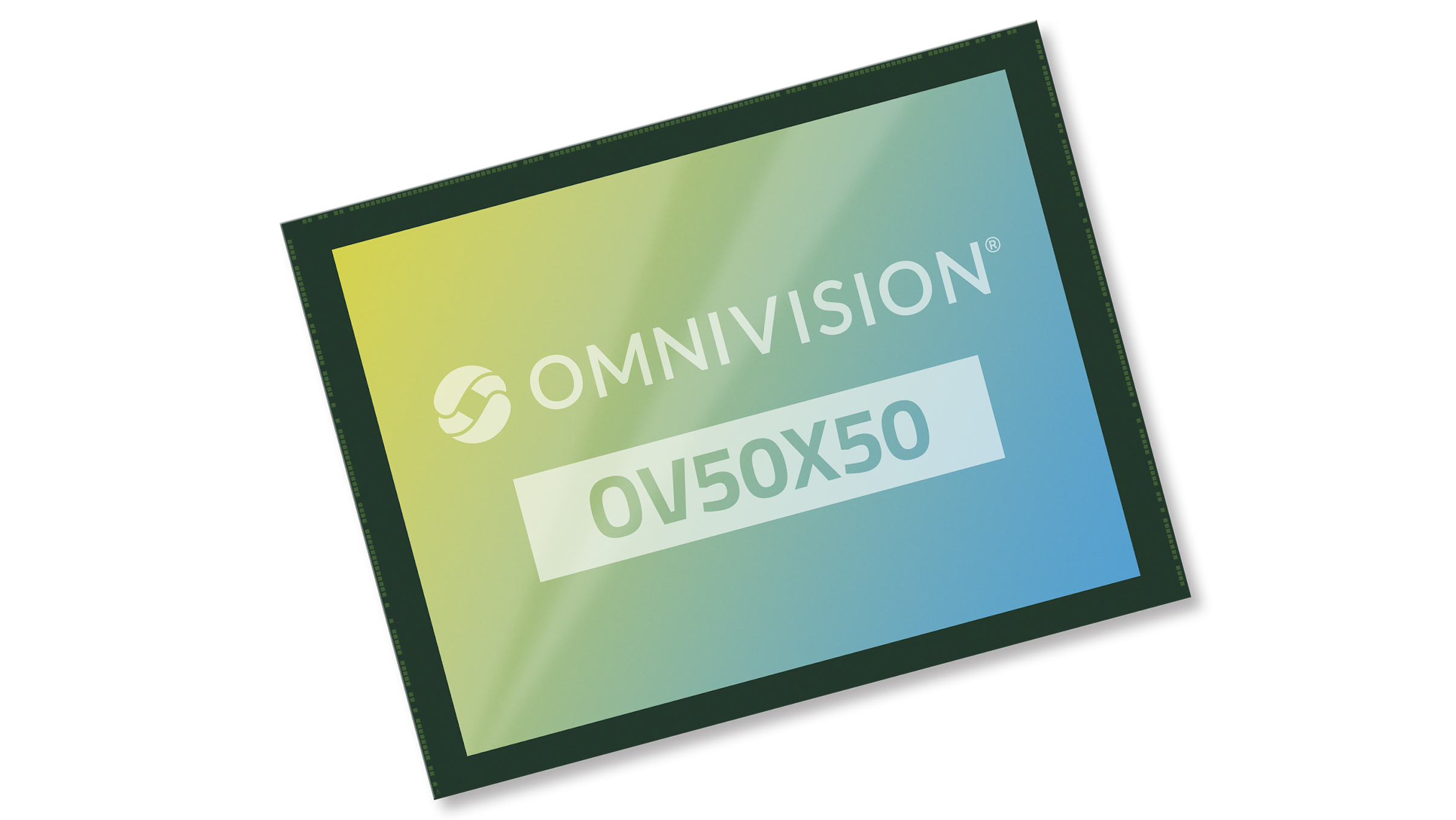The best APS-C compact cameras: top image quality in your pocket
Big image quality in a small package: here are the best compact cameras packing APS-C image sensors
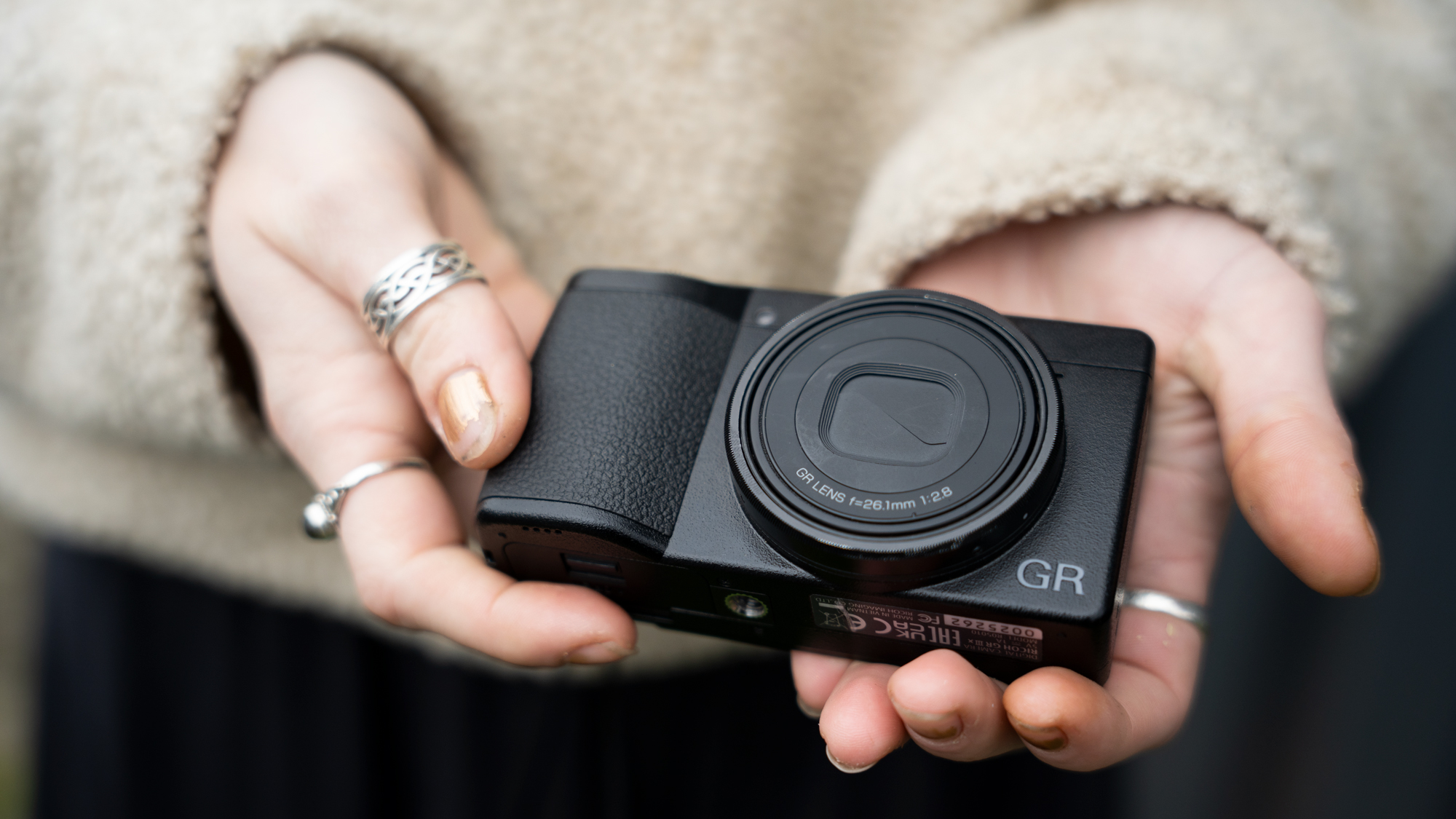
Camera phones have decimated the conventional compact camera market, so for a standalone compact to really stand out these days, it needs to deliver clearly superior image quality. The best way to achieve this is to fit a big image sensor.
APS-C compacts have become extremely popular in the last couple of years, helped by the tremendous success of the Fujifilm X100VI - which still has a long waiting list if you want one. Ricoh, meanwhile, has been producing multiple variations of its iconic GR fixed lens compact – giving consumers a range of options to choose from.
APS-C compact cameras are almost the perfect blend of performance and practicality - only a full-frame compact camera can produce better image quality from a pocket-sized camera (at an even higher price).
However, there are a couple of potential drawbacks to consider before you buy. A bigger sensor traditionally requires a larger lens, so to minimize bulk, most APS-C compacts have a fixed focal length lens, although Canon has managed to equip its APS-C G1 X Mark III with a 3x zoom lens.
Assuming you can live without much/any optical zoom, the only other consideration with an APS-C compact is battery life. APS-C sensors are relatively thirsty, which isn't a problem when a mirrorless camera battery powers them, but a compact camera only has space for a compact battery, resulting in a short battery life of around 200-250 shots.

Ben is the Imaging Labs manager, responsible for all the testing on Digital Camera World and across the entire photography portfolio at Future. Whether he's in the lab testing the sharpness of new lenses, the resolution of the latest image sensors, the zoom range of monster bridge cameras or even the latest camera phones, Ben is our go-to guy for technical insight.
Our top picks
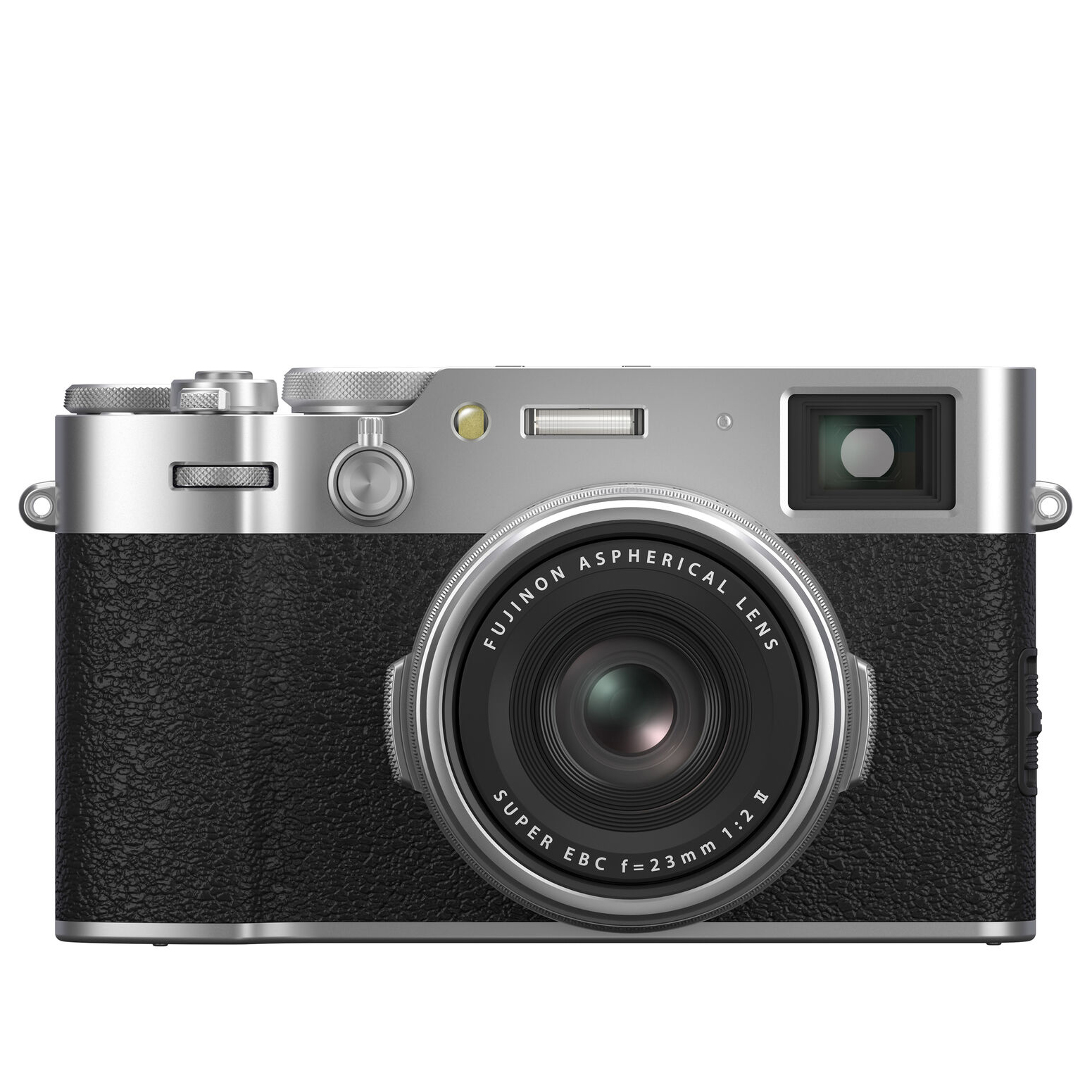
Best all-rounder
The much-awaited update to the best-selling X100V adds a higher-resolution 40-megapixel sensor. This camera has a retro charm that is almost impossible to resist.
Read more below
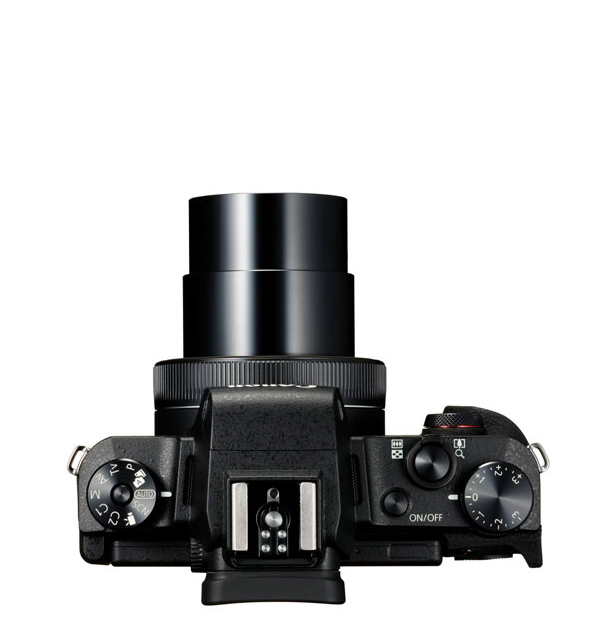
Best zoom
All the other APS-C compacts have fixed wide-angle lenses, but the Canon goes further by offering a 3x zoom lens that will allow you more scope with your compositions, allowing you to crop in that bit closer to the subject.
Read more below

Best 40mm equivalent
The GR range is a classic camera, loved by street photographers. There are two models on sale today, as well as some special editions. But of the range we love the GRIIIx the most, as it has a slightly less wide-angle lense making it more suitable to portraits.
Read more below
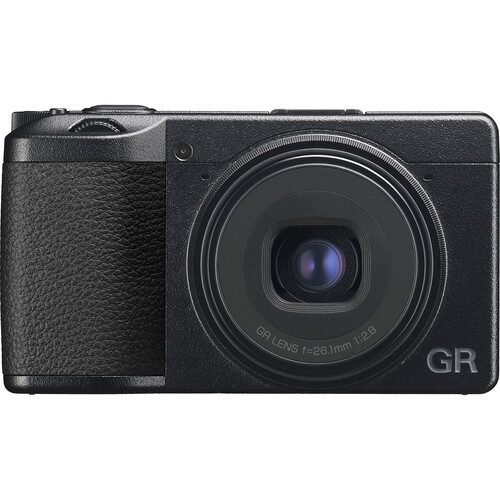
Best 28mm
The GR III’s 24.2MP sensor is a healthy upgrade on the 16.2MP resolution offered by the old GR II and it is a great camera for those who love the 28mm focal length.
Read more below
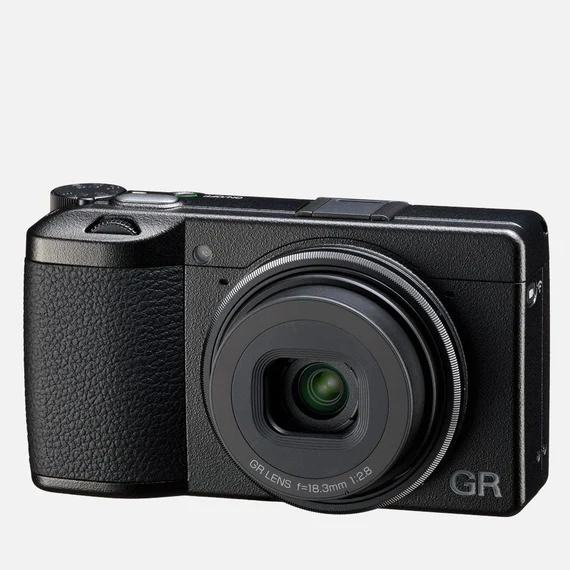
For a diffused look
The latest edition of the GR III series offers an HDF highlight diffusion filter that when used gives a filmic look to your photos. The camera is otherwise the same as the OG Ricoh GR III.
Read more below
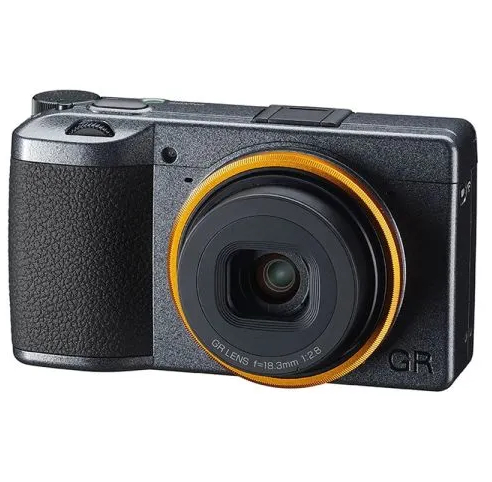
Best for street
Designed with street photography in mind this kit comes with a spare battery for long hours capturing candid moments, it also features the orginal's brilliant 28mm equivalent lens.
Read more below
Best APS-C compact cameras: the full guide
Why you can trust Digital Camera World
Best all-rounder
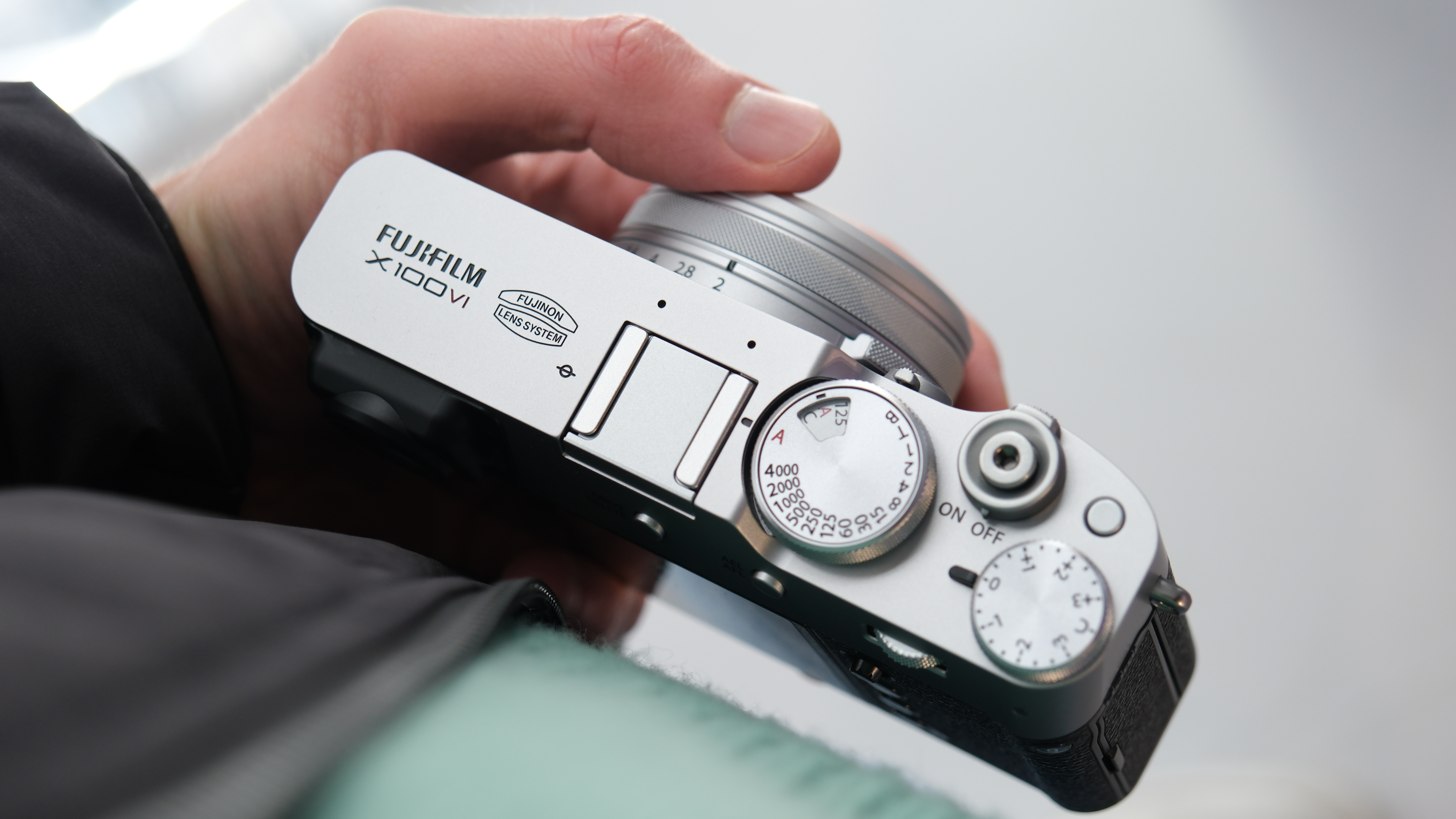
Specifications
Reasons to buy
Reasons to avoid
The X100VI is the sixth version of Fujfilm's beloved APS-C fixed lens compact camera. It now uses Fujifilm’s latest 40-megapixel X-Trans processor, and also adds built-in image stabilization to the the bestselling X100V, to give up to six stops of compensation for camera shake.
This retro-styled compact features 23mm f/2 lens with a 117-area hybrid phase/contrast autofocus system is faster than before. But the charm of this camera remains its analog dials for key exposure settings - coupled with its hybrid viewfinder. Switching between its high-resolution electronic viewfinder to a rangefinder-style optical viewing system is a key feature that makes this camera such a favorite for street photography.
To get one of these you will either join the. waiting list - or pay a premium to scalpers to get yours sooner.
Read more: Fujifilm X100VI review
Best APS-C zoom compact
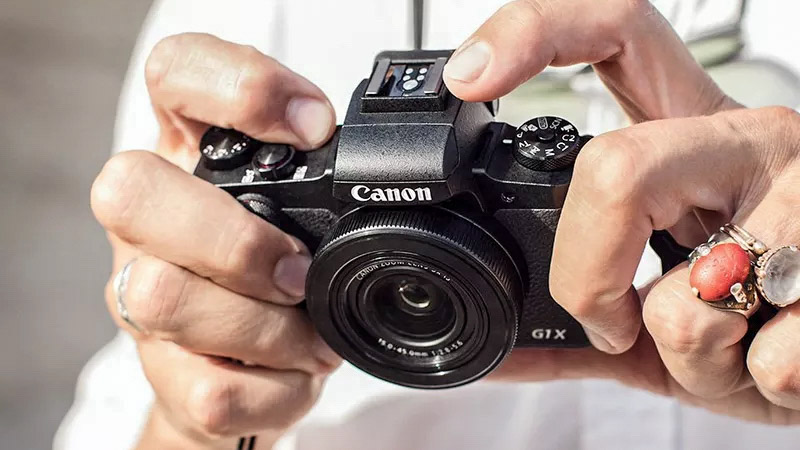
Specifications
Reasons to buy
Reasons to avoid
The G1 X Mark III packs a 24.2MP APS-C sensor, but unlike the fixed focal length Fuji and Ricoh APS-C cameras on this list, Canon’s top-line compact stands out by sporting a 3x 24-72mm-equivalent zoom lens. The f/2.8 max aperture is also impressive, but that’s only at 24mm - by 72mm it’s shrunk to a more modest f/5.6. The lens is remarkably compact though, with minimal lens protrusion. There’s just room for a zoom ring around the lens, although this does operate electronically and with an annoying lag.
Otherwise the camera handles well and build quality is solid. There’s a generous sculpted grip on the front and rear, while both the 2,360k-dot OLED EVF and 3-inch, 1,040k-dot vari-angle screen are a pleasure to use, with the latter being touch-sensitive.
Canon’s excellent 49-point Dual Pixel AF is DSLR-fast and accurate, and the speed continues with up to 9fps burst shooting. As you’d expect for an APS-C sensor, image quality is high, with great detail reproduction and dynamic range in good light. Low light shots are just as impressive due to well-controlled noise, while the lens is sharp and distortion-free.
This camera has now been discontinued - so finding one new is becoming difficult. But there are plenty of secondhand one to be found.
Read more: Canon PowerShot G1 X Mark III review
Best 40mm equivalent
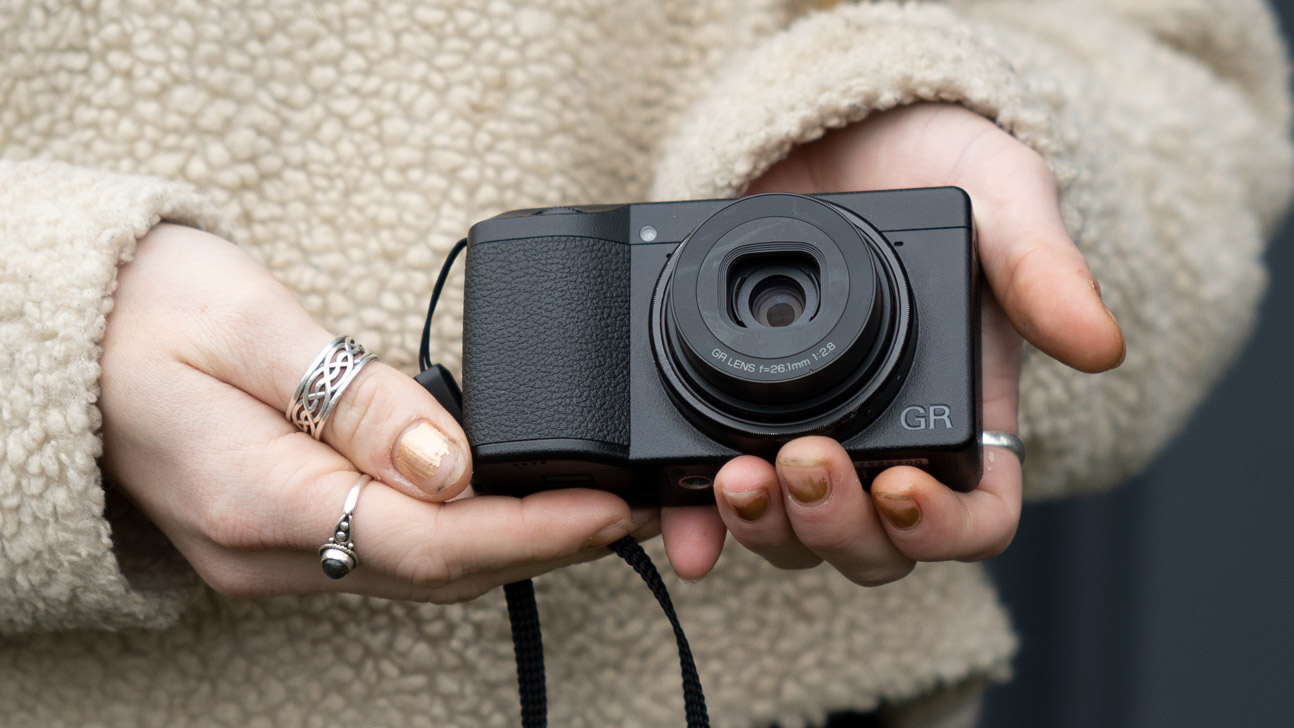
Specifications
Reasons to buy
Reasons to avoid
This latest GR IIIx has the same design as the original GR III (see below), but swaps that camera’s wide 28mm equivalent lens for a more natural 40mm angle of view. The new camera gives photographers a choice: the original Ricoh GR III is still ideal for wide-angle street shots, landscapes and tight spaces, but the GR IIIx offers a more normal, natural perspective, close to a ‘standard’ lens.
The new 26.1mm f/2.8 GR lens incorporates two aspherical lens elements and a 2-stop ND filter which can be engaged for very bright conditions. Inside is a 9-bladed diaphragm for smooth bokeh, and this lens can focus down to 0.12m for close-up shots.
The GR IIIx does share some limitations of its predecessor. There is no viewfinder, which we guess is the price of the super-compact design – though the rear touchscreen display does have an Outdoor View setting for bright light. The GR IIIx is also restricted to Full HD movies only. That’s probably no great drawback in a camera designed for shoot-from-the-hip street photography, but it does draw attention to the older tech used in this camera.
See our Ricoh GR IIIx review
Best 28mm
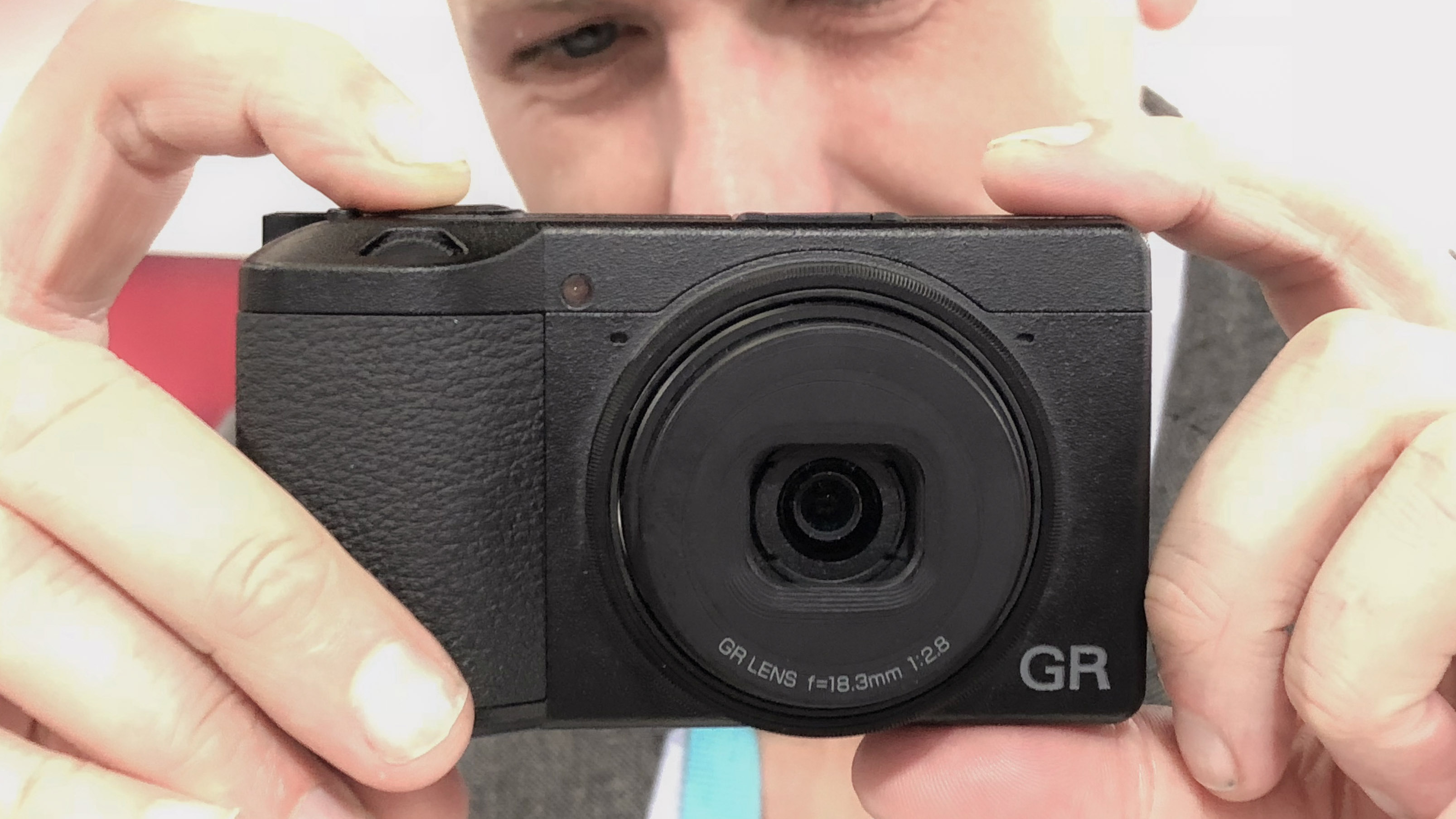
Specifications
Reasons to buy
Reasons to avoid
Despite its fairly large APS-C sensor, the GR III is impressively compact at only 109.4 x 61.9 x 33.2mm, and it’s also amazingly light at just 257g. The sculpted front grip makes it feel secure in the hand, and there’s a full complement of rear panel buttons, as well as multi-function front and rear control wheels.
The GR III’s 24.2MP sensor is a healthy upgrade on the 16.2MP resolution offered by the old GR II. The new sensor even manages to generate slightly cleaner images with less image noise when compared to the GR II throughout the sensitivity scale. Dynamic range is also very respectable right up to ISO 12,800 and is marginally superior to both the GR II and Canon's G1 X Mark III.
The 18.3mm (28mm-equivalent) f/2.8 lens now boasts three-axis image stabilisation with four-stop effectiveness, and low-light performance is further enhanced by the high ISO 102,400 max sensitivity - two stops more than the GR II could manage.
It’s a pity there’s no built-in viewfinder or flash though, and the all-plastic body, though very solid and in-keeping with the long-established GR aesthetic, lacks a premium feel.
Read more: Ricoh GR III review
Best for a diffused look
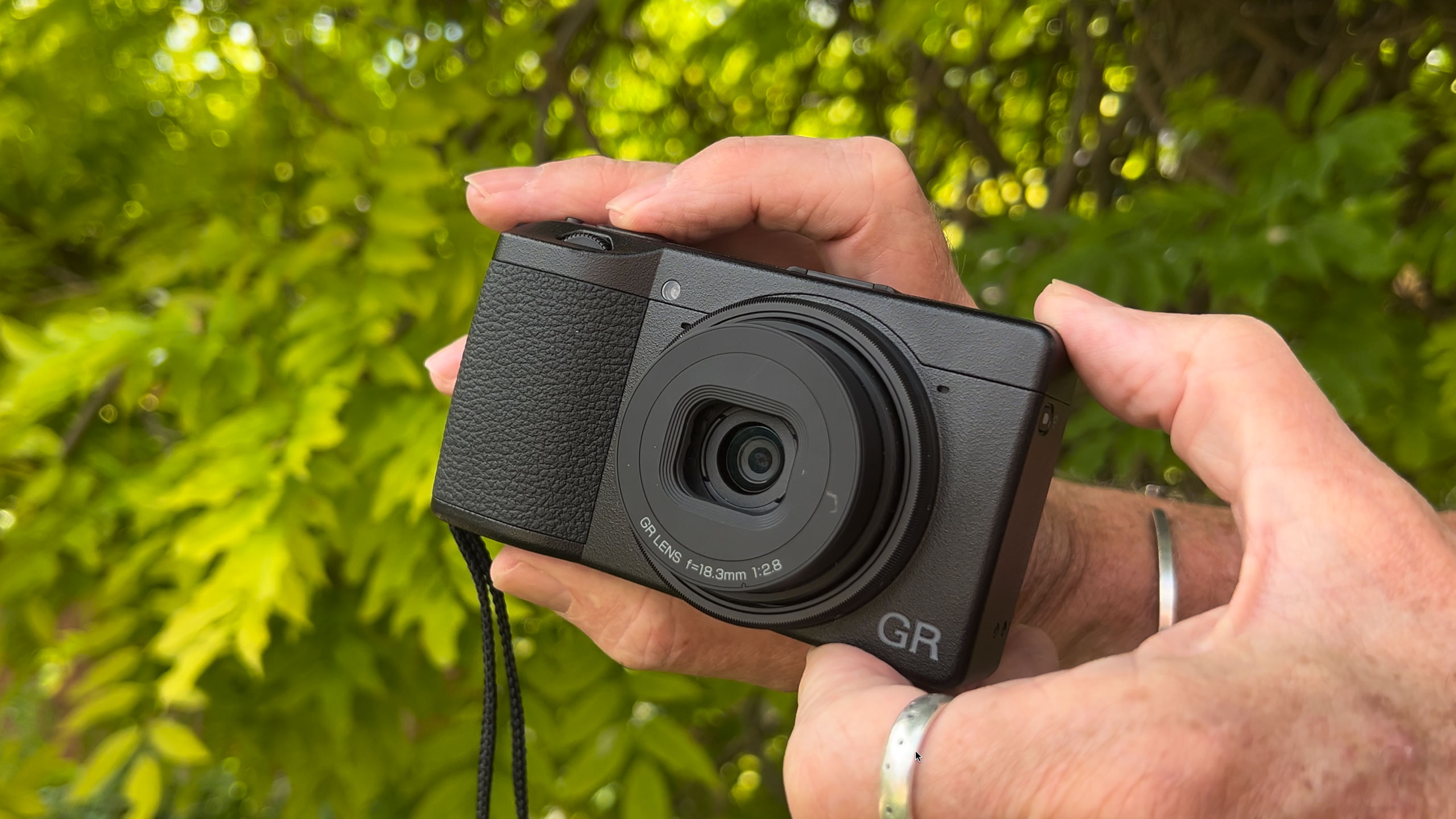
Specifications
Reasons to buy
Reasons to avoid
With special editions, and choices of lens, the Ricoh GR III has grown into a small army of options - giving a confusing choice to the purchaser. The latest twist is the HDF versions - which add a highlight diffusion filter as an extra feature on the much-loved pocket compact.
This filter is activated with a custom button on the back of the camera, giving a soft glow to highlights in your photos, so that they for a more ‘analog’ look. To make room for this new feature, you do lose the original 2-stop neutral filter on the regular non-HDF versions.
There are two HDF models - the Ricoh GR IIIx HDF offers a 40mm lens, whilst the GR III HDF has the original 28mm f/2.8.
Read more: Ricoh GR III HDF review • Ricoh GR IIIx HDF review
Best for street
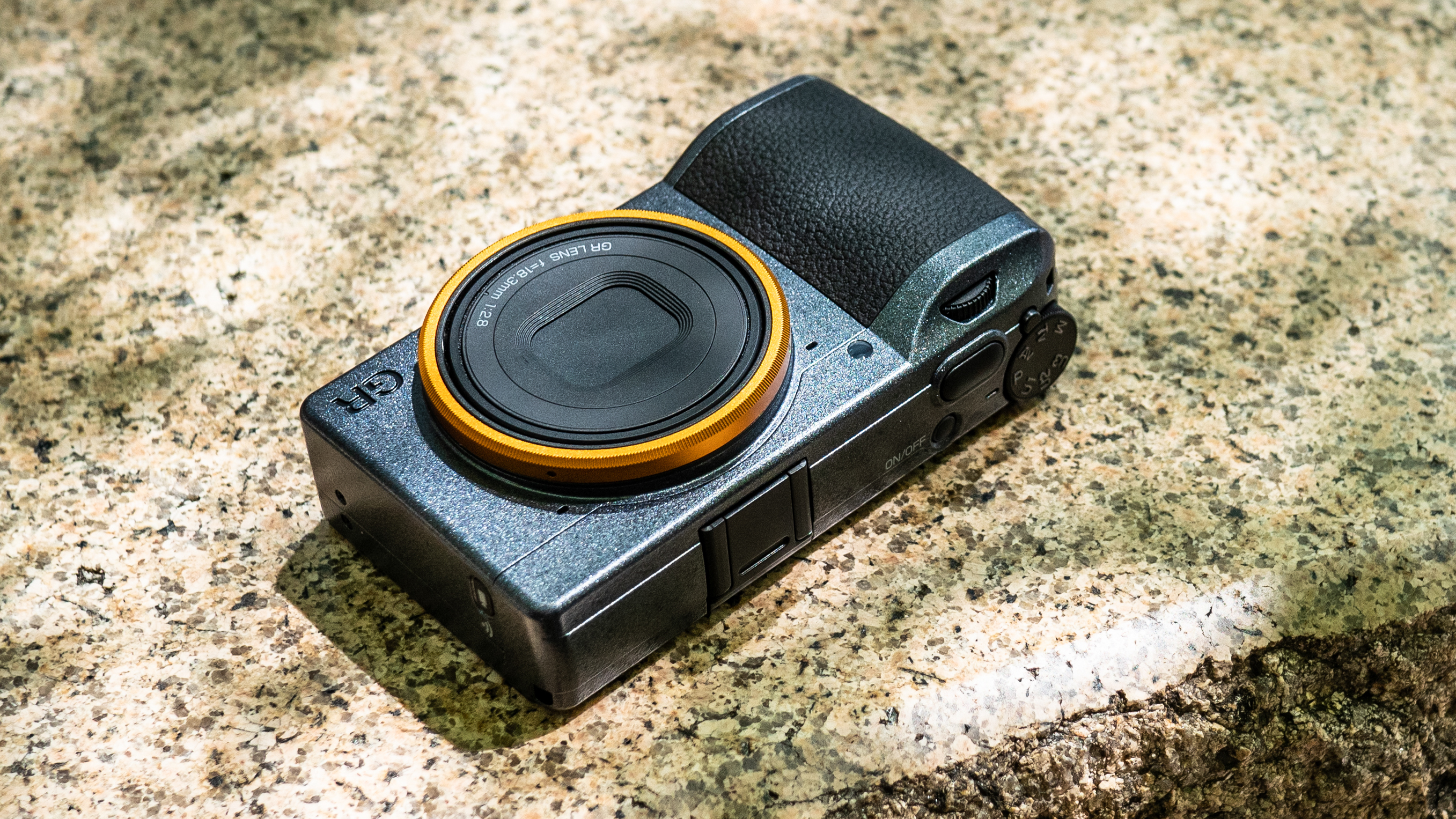
6. Ricoh GR III Street Edition Kit
Specifications
Reasons to buy
Reasons to avoid
This is a special edition of the Ricoh GR III (above), but with the distinctive difference being an orange-yellow ring around the lens (which can be replaced with supplied black ring, should you which to be more covert in your candid photography). We particularly like that this usually sold as a kit - with a leather carry case, and an extra (spare) DB-110 battery. Ricoh do other special editions of its GR range of cameras - such as the curious brown GR III Diary Edition. But out of all the current specials, it is the Street version that we find the most appealing.
Read more:
The best compact cameras
Best full-frame compact cameras
Best rangefinder cameras
Get the Digital Camera World Newsletter
The best camera deals, reviews, product advice, and unmissable photography news, direct to your inbox!
Ben is the Imaging Labs manager, responsible for all the testing on Digital Camera World and across the entire photography portfolio at Future. Whether he's in the lab testing the sharpness of new lenses, the resolution of the latest image sensors, the zoom range of monster bridge cameras or even the latest camera phones, Ben is our go-to guy for technical insight. He's also the team's man-at-arms when it comes to camera bags, filters, memory cards, and all manner of camera accessories – his lab is a bit like the Batcave of photography! With years of experience trialling and testing kit, he's a human encyclopedia of benchmarks when it comes to recommending the best buys.
